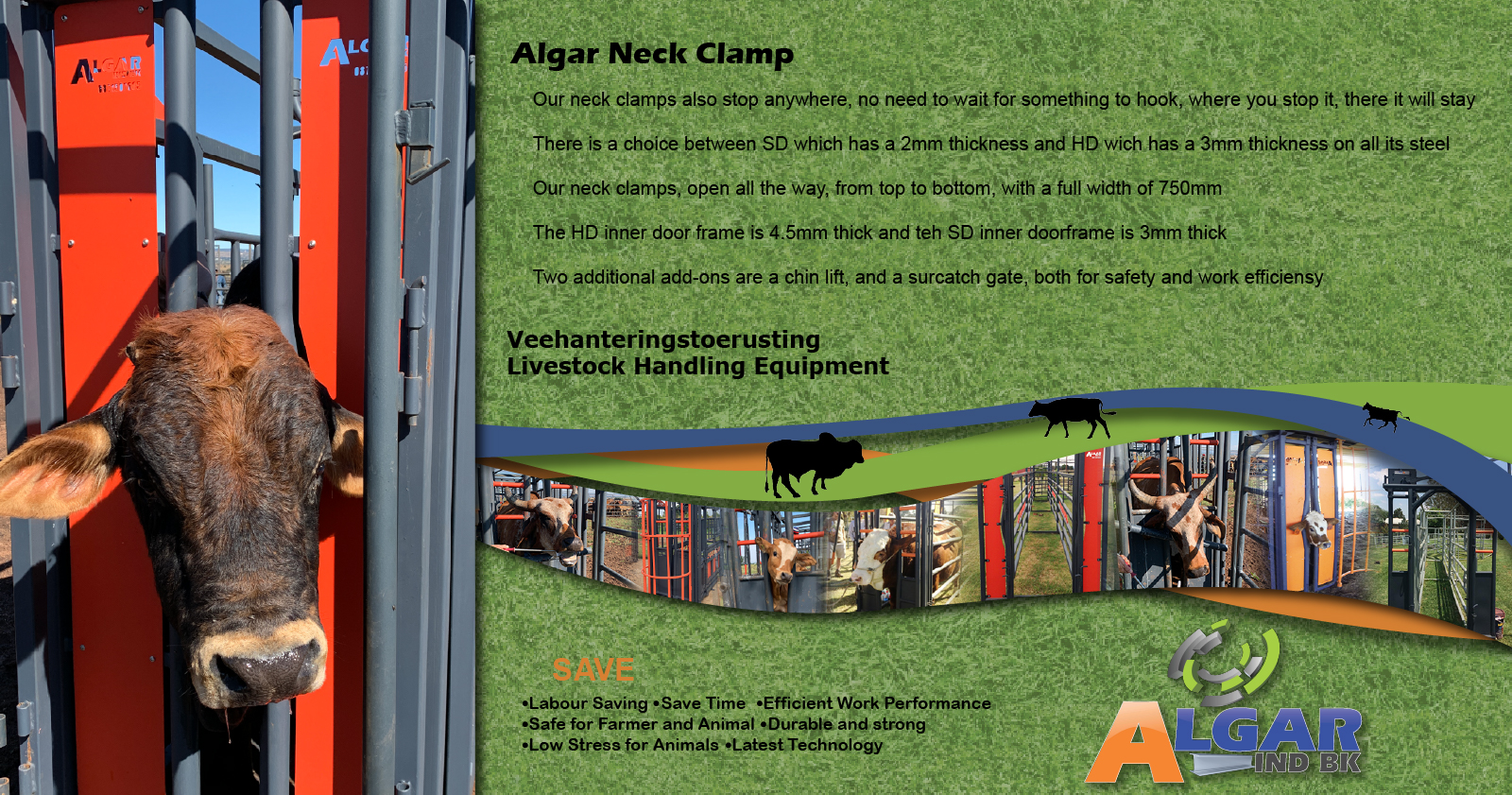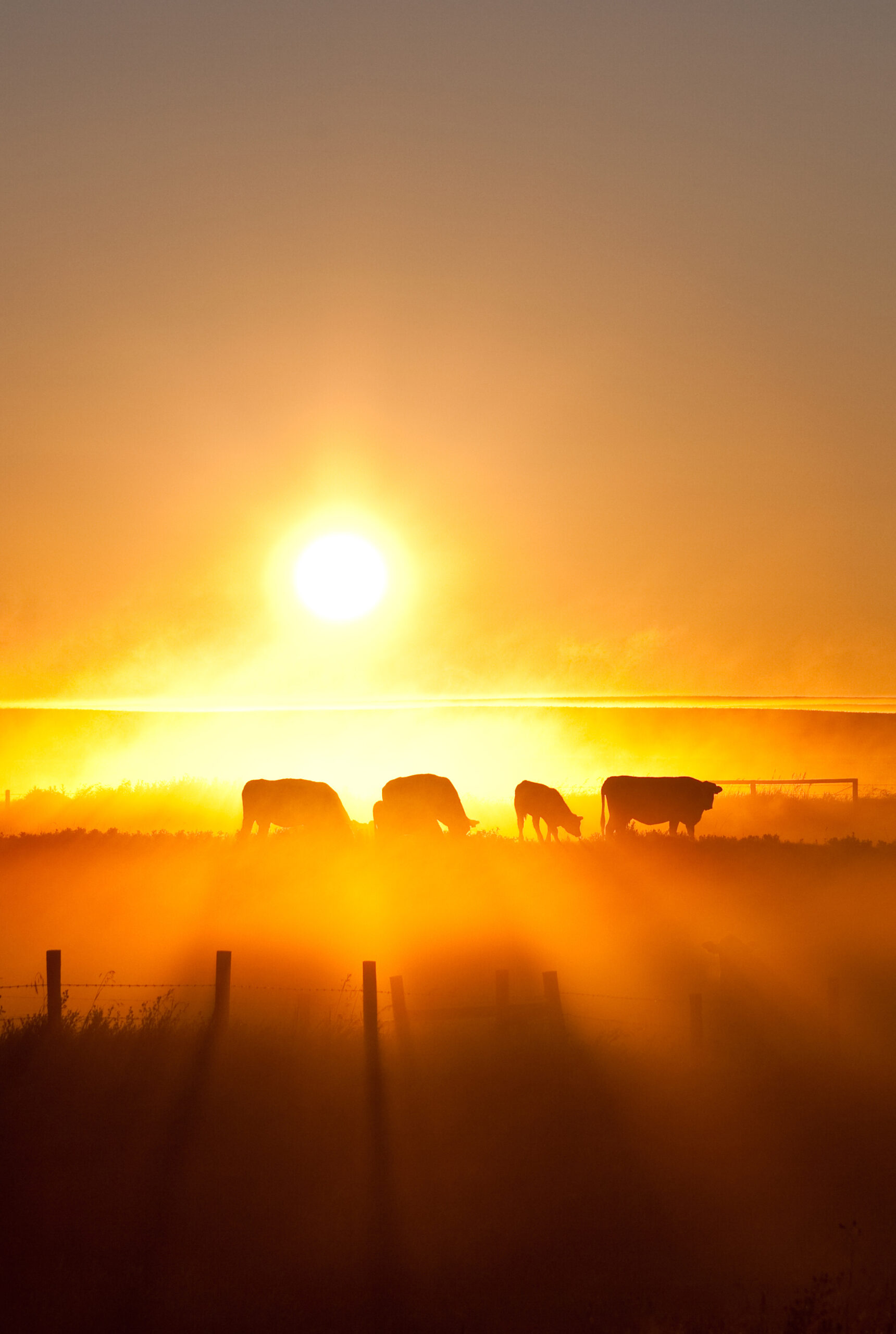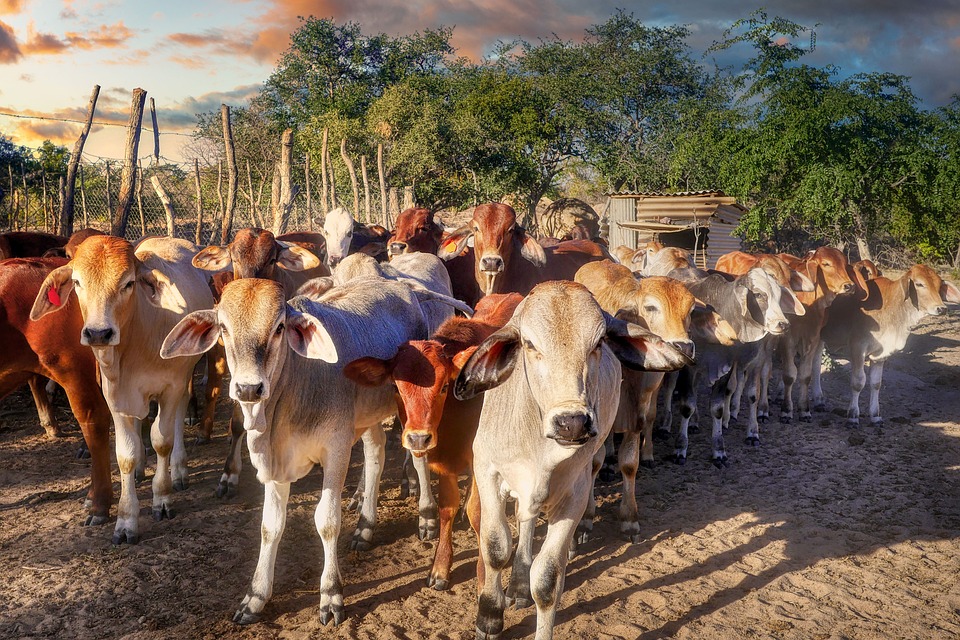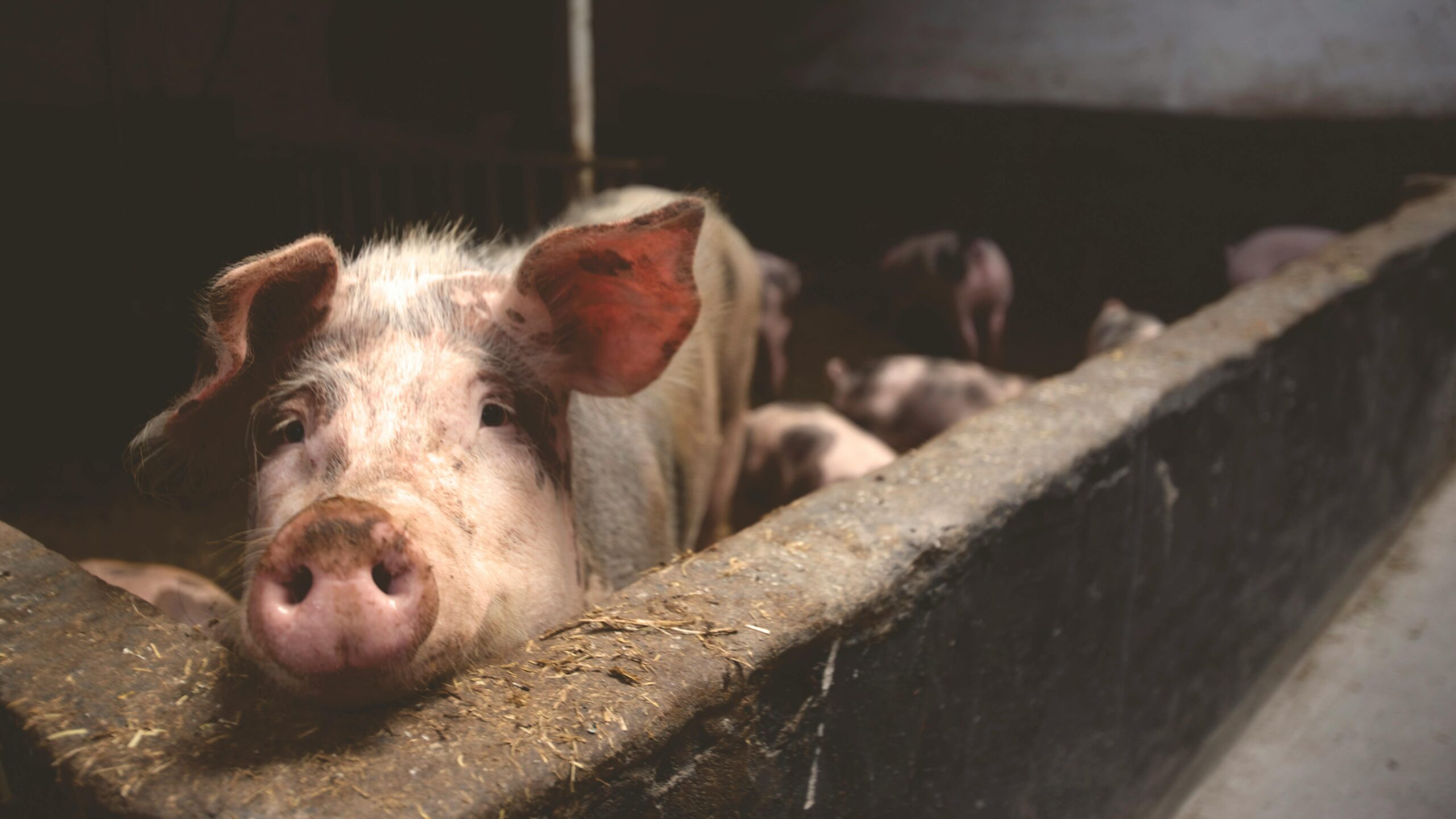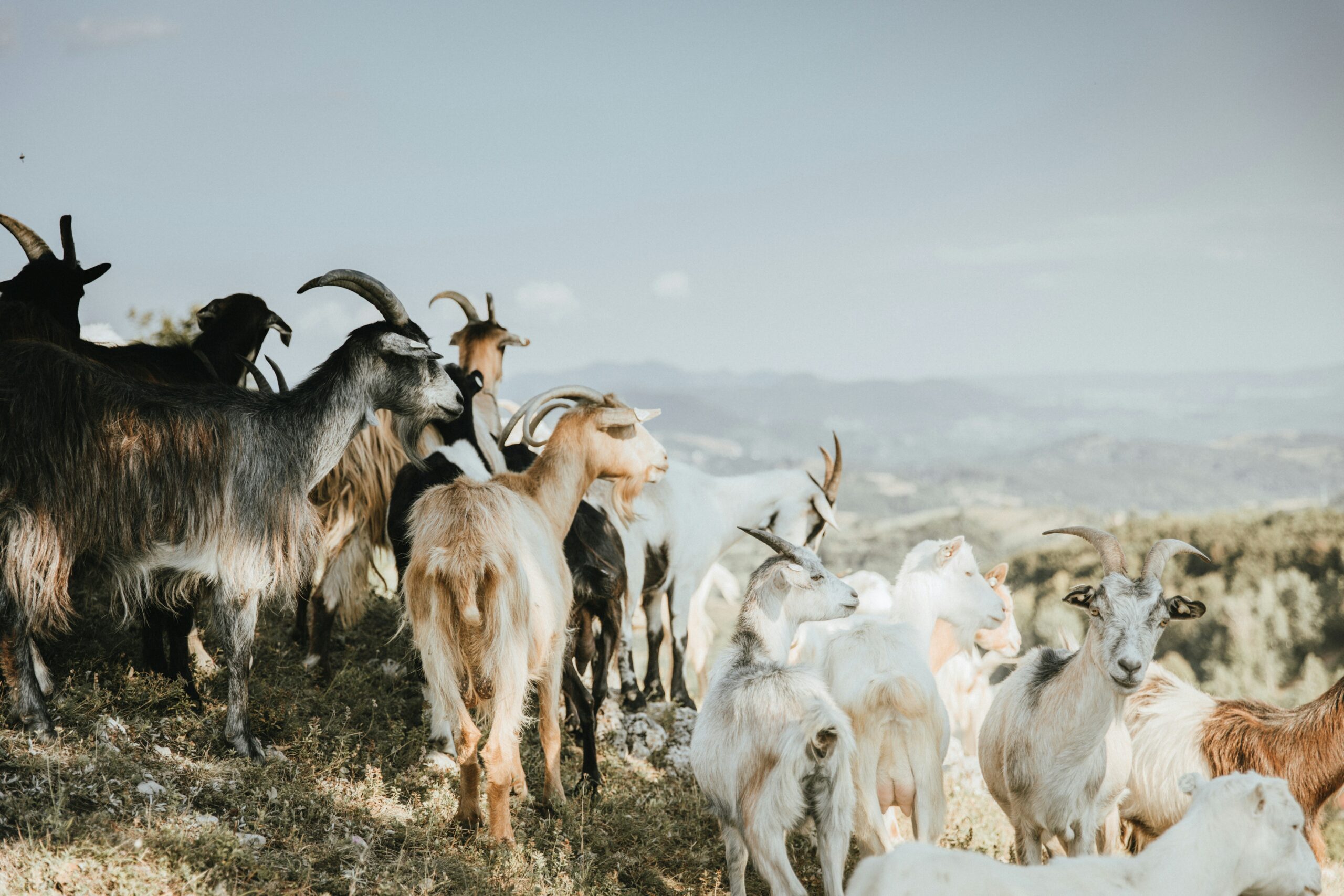A broiler health strategy starts with the broiler breeder, includes broiler management, and is fine-tuned by the judicious use of vaccines. Vaccination is an integral part of any chicken health management programme.
A successful vaccination schedule is dynamic, maintaining a balance between disease risk and the type and frequency of vaccines administered. Failing this, the very vaccines we administer to keep broilers healthy may become part of the problem instead of the solution!
The main aim is to expose the birds in a controlled and benign manner to diseases that they may encounter in the future. In this way, the bird’s own immune system develops defence against such diseases when challenged in the poultry house.

Breeder broilers
Nature has developed a system which provides the young chick with a lifeline while the immune system matures. Based on the assumption that the chick will face the same disease challenges as the parent, a package of protection mirroring that of the parent is transferred via the egg yolk.
Modern farming practices have disturbed the natural system balance. The hen is kept in one environment, eggs hatched in a separate hatchery and the broiler raised in yet another environment away from the breeder hen. However, by vaccination, we emulate nature by manipulating the breeders’ immune profile to best suit the needs of the broiler,
The broiler
Achieving quality birds with good gut health requires operational excellence and attention to all details. A combination of quality nutrition, good health approach, and increased consideration of pen and bird management will help to ensure birds have the best possible chance to perform at their maximum potential.
The modern broiler reaches target weight within five to six weeks, leaving little time to develop a mature immune system and even less opportunity to implement extensive vaccination schedules. The attenuated vaccines are favoured for broilers because they induce a rapid immune response and are best suited to methods of mass administration.
The use of live vaccines is, however, not without risk. Interference between live vaccines administered in short succession of each other, vaccinating broilers with an existing underlying disease, or basic mismanagement resulting in chilling or heat stress post-vaccination could all precipitate severe vaccine reactions, with a negative impact on broiler performance resulting in high mortality.
The economic importance of vaccination
Viral diseases are economically important and poses a great threat to the poultry industry. Some farmers may be illiterate, and the concept of biosecurity is limited in their production system.
Many farmers are unaware of wild birds’ importance in the spread of disease. They take it for granted that wild birds have no effect on disease transmission. They may keep local birds on their farms and often migratory or resident wild birds have access to commercial broiler farms. Prevention is better than cure!
Modern laboratory diagnostic methods should be adapted for rapid detection and characterisation of virus strains to limit the disease spread.
Broiler vaccination programme
- Hatchery – IB + NCD
- 10 days – Gumboro
- 14 days – Newcastle
- 18 days – Gumboro
- 21 days – Newcastle
Vaccination procedure
- 1 to 2 hours before vaccination, turn off the main tap or remove all the drinkers.
- Drain all the drinker lines from any chlorinated water in the system. If you are using drinkers, wash and rinse them with clean borehole water.
- Fill a clean bucket with the desired amount of water for the age group. Do not use chlorinated water at all.
- Dissolve a stabilizer Aviblue or cevamune tablet into the water,
- Take the vaccine vial and open under water in the bucket
- Mix thoroughly using a clean cooking stick.
- Divide the vaccine + water mixture equally in all the chick founts.
- Then allow the birds to take the vaccine water for 2 hours ONLY.
- Make sure that all the birds drink the vaccine water by making them move around.
- Once vaccination water is finished give plain water for 2 to 3 hours.
How much water do you use for the birds
- Expected water consumption of 1 000 birds for 2 to 3 hours after thirsting.
- Litres of water per 1 000 birds.

For more information, contact Given Hamanungu, Technical Advisor, at +26-097-540-3834 or givenhams@gmail.com.



